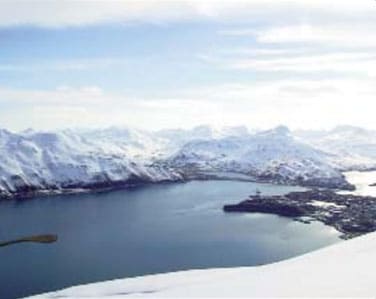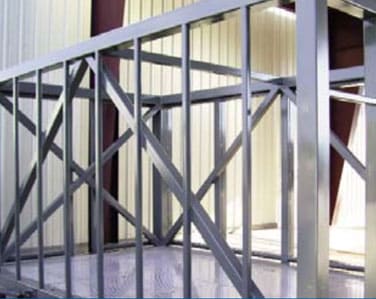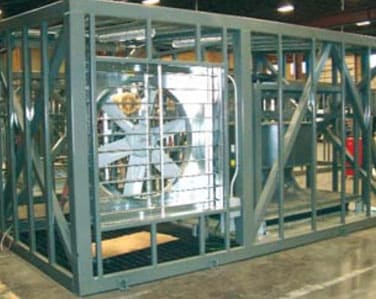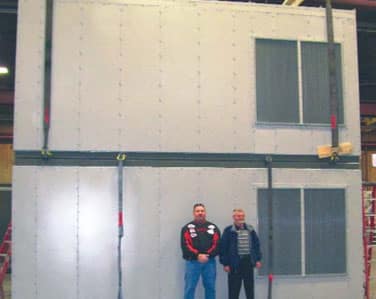City of Unalaska
Custom Vertical Air Handlers Meet Extreme Aleutian Island Weather and Seismic Requirements
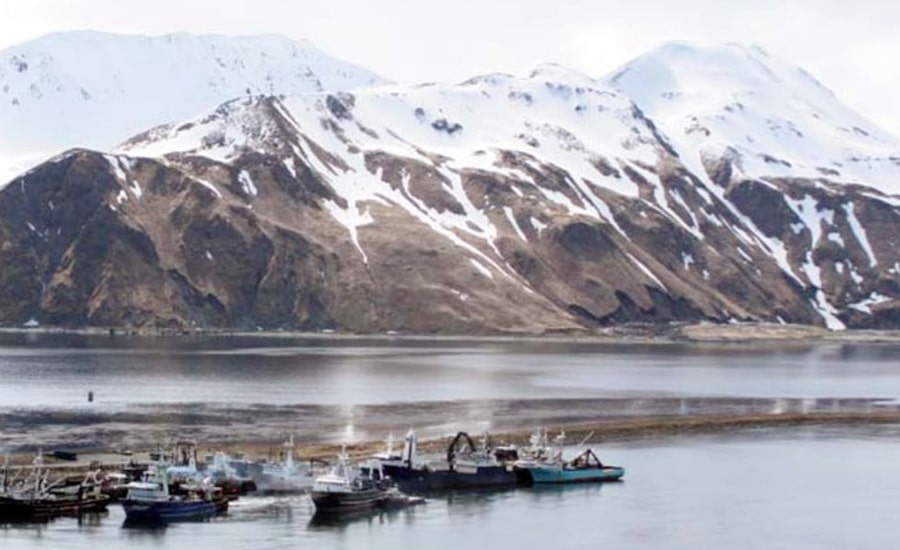
At A Glance
Unalaska, the 11th largest city in Alaska, is a bustling community of about 4,000 residents located on Unalaska Island in the Aleutian Chain, approximately 800 miles southwest of Anchorage.
Nothing is easy in the Aleutians. Thus a project to install necessary air handlers for a power station in Unalaska was a challenge for the engineer and the manufacturer, the Governair brand of Nortek Air Solutions.
“Given the conditions at the site and the challenge of even getting the product there, we didn’t want there to be any mistakes.” - Robert Heym, Alaska Winter Inc.
Equipment
Viewing Assembly Process at Factory
Heym and the contractor went to the Governair factory for a final walkthrough and to watch the units being assembled in the factory before disassembly and shipping. Heym says, “Given the conditions at the site and the challenge even getting the product there, we didn’t want there to be any mistakes. I wanted the contractor to observe the erection process.”
After completion of the factory stage, the two units were each demounted into four stages and shipped by truck to Seattle. From there they were shipped by barge to Unalaska and trucked to the power house. The four sections are stacked vertically against the rear exterior wall of the power house. Each air handler is 20 feet wide, 12 feet deep and 40 feet high. Due to the climate conditions, there was not a need to provide either heating or cooling coils for the power house.
Four Vertical Levels
Lunow points out, “Governair built the two complete units with all the components mounted. We stacked the sections on top of each other to ensure everything lined up.” Each unit is able to supply 62,000 cfm of supply air, and is designed to be able to mix in return air, depending on outdoor conditions.
The units are designed in four levels. The first floor is a three-sided louvered section to provide outside air, and access to the unit. The second floor contains the filters and is the location of the control panel. The third floor has one of the exhaust fans, with its VFD. The fourth floor contains the supply fan and the second exhaust fan, along with the two fan VFDs.
The supply fan for each unit is a vertical shaft plenum fan. These were assembled along with the fan frame at Governair. This type of fan was selected because it fit the unit design and airflow requirement the best. The exhaust fans are prop fans. Governair performed the interior power wiring, with a single point power connection and a disconnect switch. At the site, the control contractor installed the control wiring.
“The City of Unalaska is pleased that Governair was able to meet the specifications required for this important project.”
- Nancy Peterson, Director of Public Works, Unalaska
KEY POINTS
- The city of Unalaska, in the Aleutian Island Chain, needed an air handling solution for a power plant expansion.
- The air handlers needed to be located on the exterior of the building due to space constraints and needed to be able to withstand winds of 175 mph.
- Nortek Air Solutions brand Governair custom-designed two four-level air handlers, each supplying 62,000 cfm of air. Additional steel support, and the units’ structurally rigid panels, made it possible to meet the 175-mph wind load and zone 4 seismic requirements.
